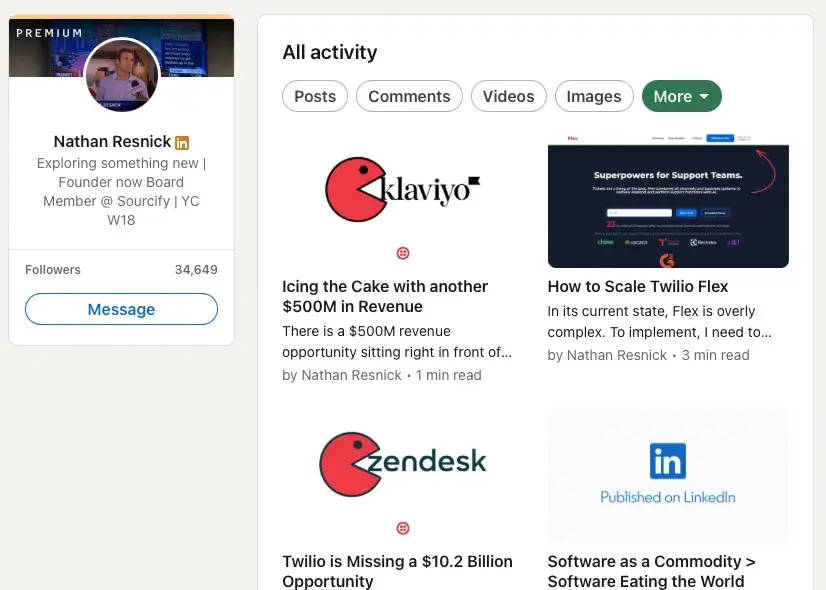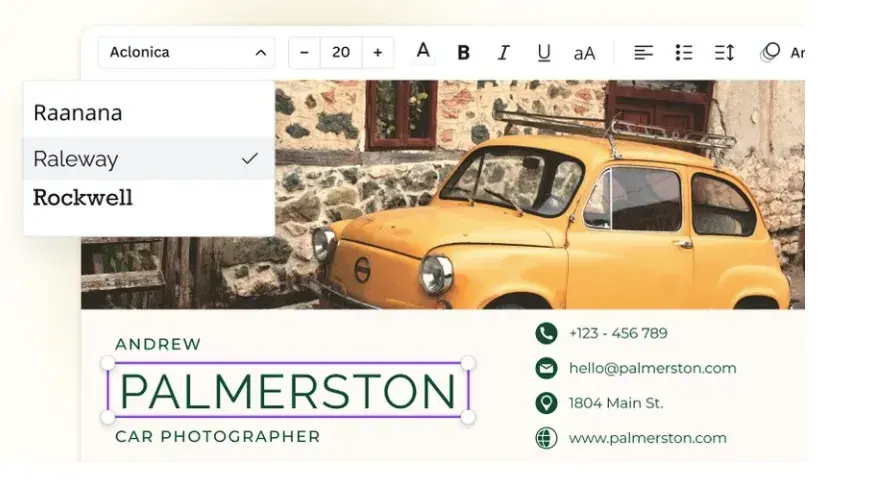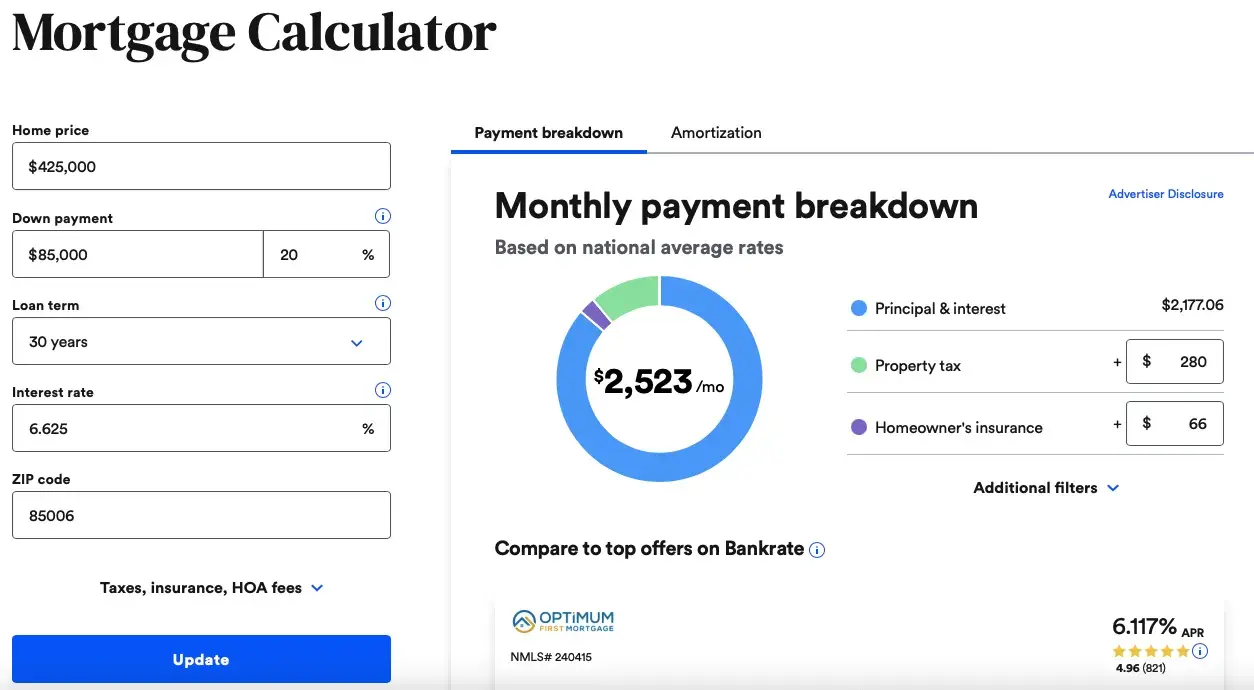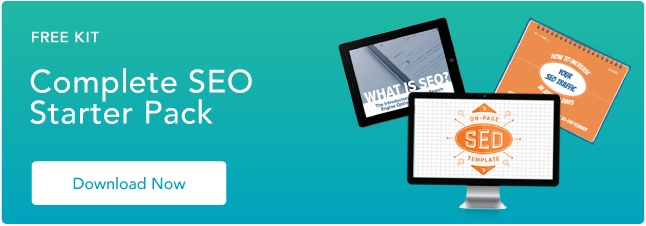Yes, focusing on SEO and PPC marketing can be an invaluable way to increase your web traffic. But, you can do so much more to grow your audience besides incorporating relevant keywords and paying for Google ads.
With a more unconventional approach, you can greatly expand your potential audience and bring more relevant traffic to your website. Here are five additional strategies where I’ve found success:
1. Share your story through Medium or LinkedIn.
While guest blogging is commonly cited as a great way to build your niche authority and generate backlinks to your site, the reality is landing your own guest column on a popular, well-read site isn’t always easy, especially for a new business. Depending on your background or the kinds of topics you’d like to discuss, it can be surprisingly difficult to land a guest article.
However, that isn’t the case if you make use of sites like Medium, a social blogging site where you can write about whatever you want while reaching a broad audience that is already looking for stories like yours. LinkedIn Pulse is another option that lets you similarly post content related to your company (including blog-type posts and business announcements) that are shared within your network.
Whether you want to write about work hacks or topics more specifically related to your business, these platforms offer a simple solution to start sharing your content, which you should naturally link back to your own website. I regularly write posts and articles on LinkedIn to grow my audience and stay engaged with my followers.

Part of the value of this option comes from the fact that your readers will be people who are actively looking for the type of content you write. Produce engaging content that meets their needs, and they’ll be far more likely to visit your site to learn even more.
2. Leverage outbound links to grow relationships.
When you write those online posts — whether you successfully snag a guest posting opportunity or stick to platforms like Medium and LinkedIn — you can go a long way in building your credibility by citing people besides yourself.
The thing is, you can do more than just find a relevant post on the web that helps you make your point. When done right, you can use those links to build relationships that lead to organic website growth.
As Stefan Debois recommends, one unique strategy is to track all outbound links you use when writing your own article. Once your article is live (particularly if it is a guest post on a well-known site), you can reach out to the author of the linked article to let them know that you appreciated their content and referenced it in your own article.
Reaching out in this way can provide a meaningful springboard for building a strong relationship with other authority figures in your niche. Many authors may even be willing to promote your article on their accounts or link to your content in future articles of their own, helping create more exposure (and backlinks) for your brand that will naturally lead to more engaged web traffic.
3. Use your email signature.
Email is full of opportunities to promote your website, and you might be overlooking a simple way to use it for promoting your website: your email signature.
If you’re just ending your emails with your name, you’re doing your brand a major disservice. A well-designed email signature can use links to your website, social media accounts, and other relevant contact information for your business, while also including your logo or another memorable visual.
Tip: Use our free email signature generator to create your new signature.
You could even include a specific call to action as part of your email signature, such as directing recipients to a landing page where they can obtain an ebook or to check out a specific product or service that you’d like to highlight on your website.

You can create a free email signature with tools like Canva, which offers customizable templates that allow you to adjust font, imagery and color schemes to match your branding. An attractive email signature will grab the attention of everyone who communicates with you — prospects, friends, associates and family. For some people, your email signature could be how they learn about your business in the first place.
4. Use digital audio advertising.
Another unique option for growing your web traffic is audio advertising. To say that digital audio has taken off feels like an understatement — Exploding Topics estimates that 78% of people listen to music via streaming. Pew Research reports that 42% of Americans aged 12 and older listen to podcasts on a monthly basis.
Digital audio advertising can be a great way to get your website to stand out. I’ve found tools like AudioGO to be excellent. It lets you use your own audio or create the audio for you, while also giving you in-depth budget and targeting options based on a wide range of listener interests and personas.
Aside from targeting and rapid implementation, digital audio advertising can help grow your web traffic just based on the devices listeners are using (for one thing, users usually can’t skip these ads).
How many times have you been streaming music and heard an ad tell you to “tap the banner to learn more”? For someone who is listening with their smartphone, that option is immediately accessible, enabling them to go straight to your website in that moment.
5. Provide a Useful Tool
Creating a free, useful tool for your customers can go a long way in driving consistent web traffic.
Sure, not everyone who uses your free tool will be interested in engaging with the rest of your site, but for many, a helpful tool provides a valuable first impression that makes them far more likely to do business with you later on. (Spoiler: HubSpot’s email signature generator is an example of this.)
The most effective tools aim to solve a basic problem for the target audience that is also related to the business’s core service. Think of tools like Bankrate’s mortgage calculator or Buffer’s free Pablo tool, which provides easy-to-use templates for creating social media graphics.

In these instances, the companies are providing a free service that fulfills a basic need for their target audience, such as a mortgage calculation or basic social media graphics. These tools demonstrate the brand’s expertise in its niche and create a positive impression by delivering genuine value to the users.
When creating your own tool, focus on a basic problem that you can solve. How can you make your tool an essential resource for answering a key question or solving a basic need? Heavily promoting this tool on and off your site will draw traffic to the tool itself, some of which will spill over to the rest of your website.
Depending on the type of tool you offer, you could even use it to collect customer emails or promote other aspects of your business — such as how Bankrate’s mortgage calculator provides an estimated monthly payment breakdown that it then compares to top offers from partner mortgage companies.
There’s More Than One Way to Grow Your Web Traffic
Some of these unconventional methods for getting more visitors to your website are pretty simple and require minimal effort. Others require a bit more of an ongoing commitment. What matters most, however, is that you are consistent in your efforts to spread the word about your website and show that it has something valuable to offer.
By using these unconventional solutions alongside more traditional strategies for web traffic growth, you can cast a wider net that makes you more discoverable and more likely to achieve the level of visitors that will help you grow your business.
SEO


